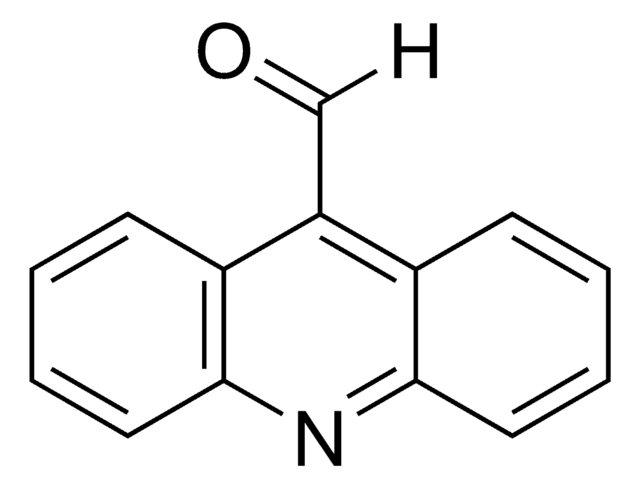Key Documents
150215
9(10H)-Acridanone
99%
Synonim(y):
Acridone, 9,10-Dihydro-9-oxoacridine
About This Item
Polecane produkty
Próba
99%
Postać
solid
mp
>300 °C (lit.)
λmaks.
380 nm
399 nm (2nd)
ciąg SMILES
O=C1c2ccccc2Nc3ccccc13
InChI
1S/C13H9NO/c15-13-9-5-1-3-7-11(9)14-12-8-4-2-6-10(12)13/h1-8H,(H,14,15)
Klucz InChI
FZEYVTFCMJSGMP-UHFFFAOYSA-N
informacje o genach
human ... ABCB1(5243)
Szukasz podobnych produktów? Odwiedź Przewodnik dotyczący porównywania produktów
Zastosowanie
produkt powiązany
Kod klasy składowania
11 - Combustible Solids
Klasa zagrożenia wodnego (WGK)
WGK 3
Temperatura zapłonu (°F)
Not applicable
Temperatura zapłonu (°C)
Not applicable
Środki ochrony indywidualnej
Eyeshields, Gloves, type N95 (US)
Wybierz jedną z najnowszych wersji:
Certyfikaty analizy (CoA)
Nie widzisz odpowiedniej wersji?
Jeśli potrzebujesz konkretnej wersji, możesz wyszukać konkretny certyfikat według numeru partii lub serii.
Masz już ten produkt?
Dokumenty związane z niedawno zakupionymi produktami zostały zamieszczone w Bibliotece dokumentów.
Klienci oglądali również te produkty
Nasz zespół naukowców ma doświadczenie we wszystkich obszarach badań, w tym w naukach przyrodniczych, materiałoznawstwie, syntezie chemicznej, chromatografii, analityce i wielu innych dziedzinach.
Skontaktuj się z zespołem ds. pomocy technicznej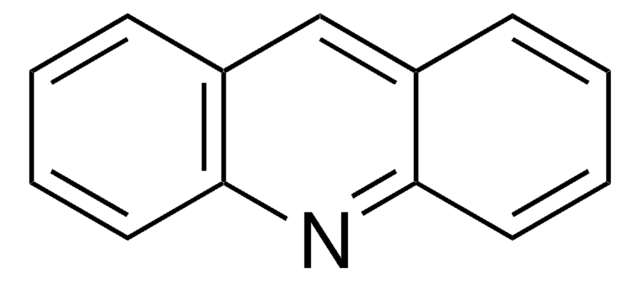




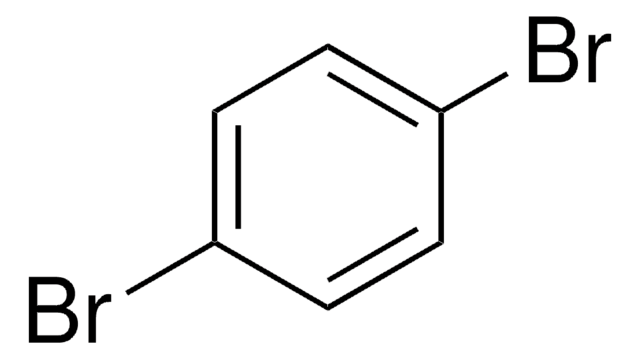

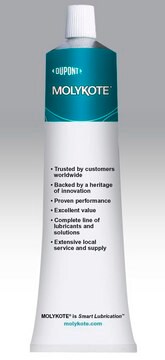
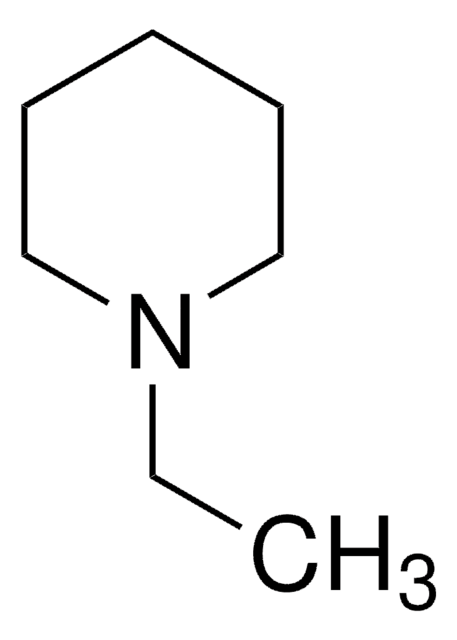
![5H-Dibenz[b,f]azepine 97%](/deepweb/assets/sigmaaldrich/product/structures/396/216/18f00414-a76e-46d7-90cf-820ad902e559/640/18f00414-a76e-46d7-90cf-820ad902e559.png)
